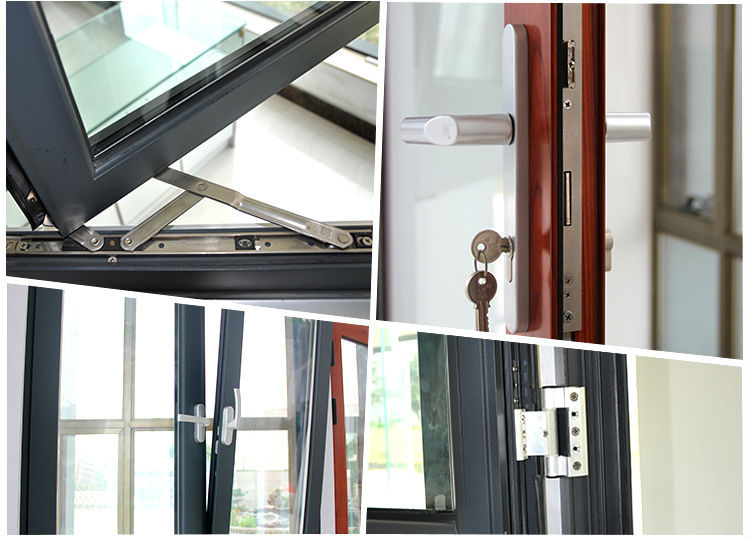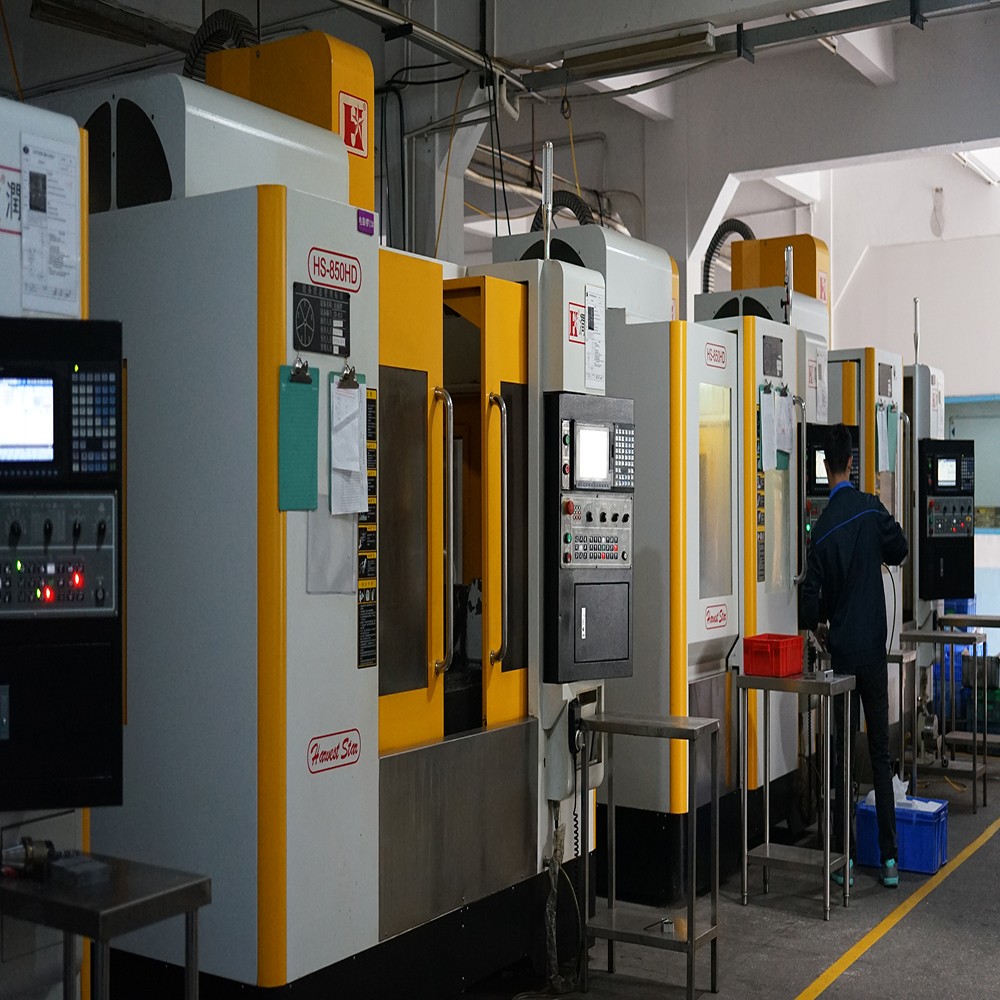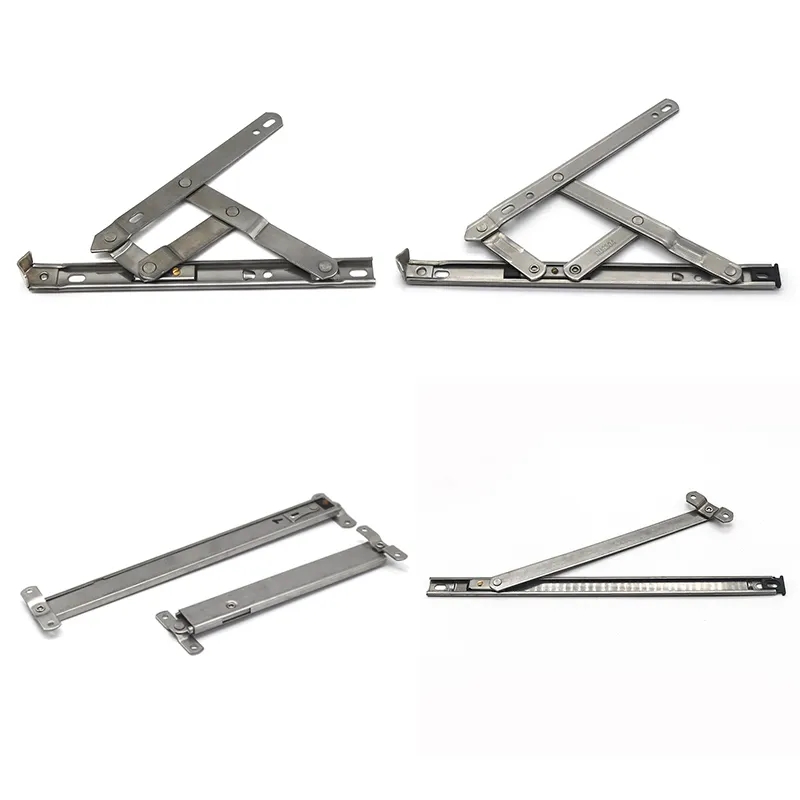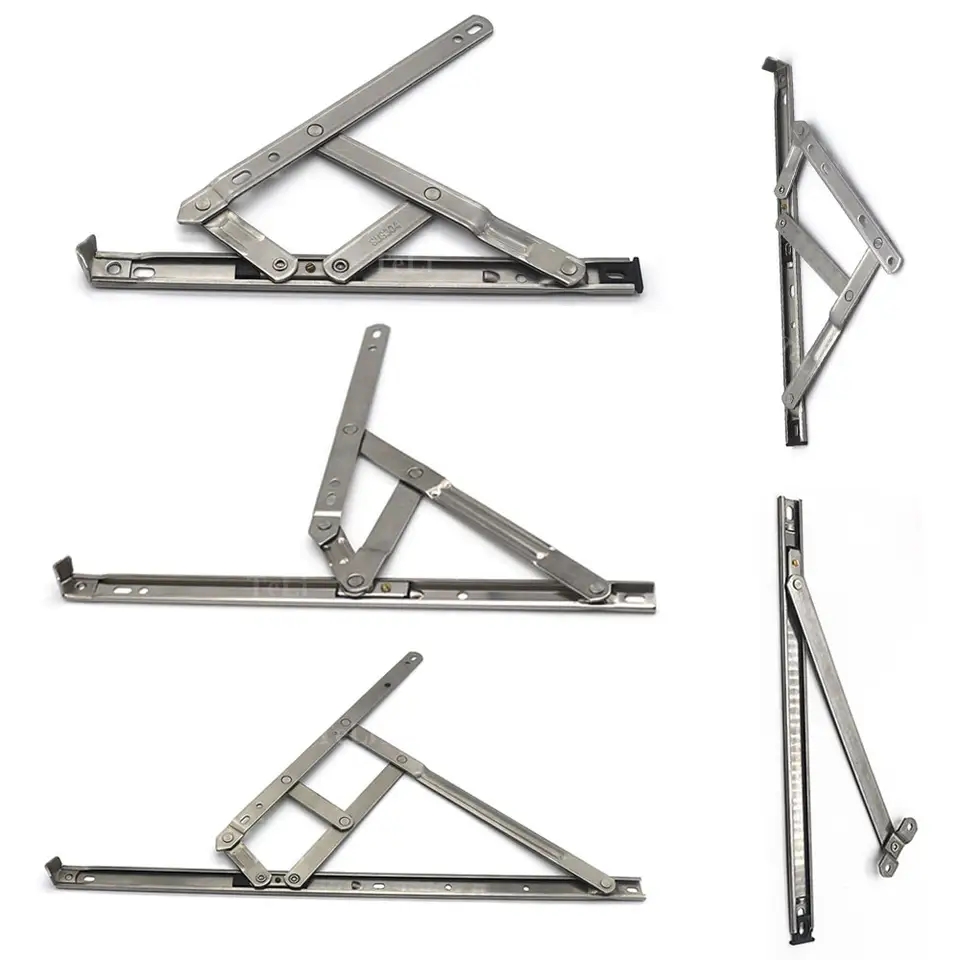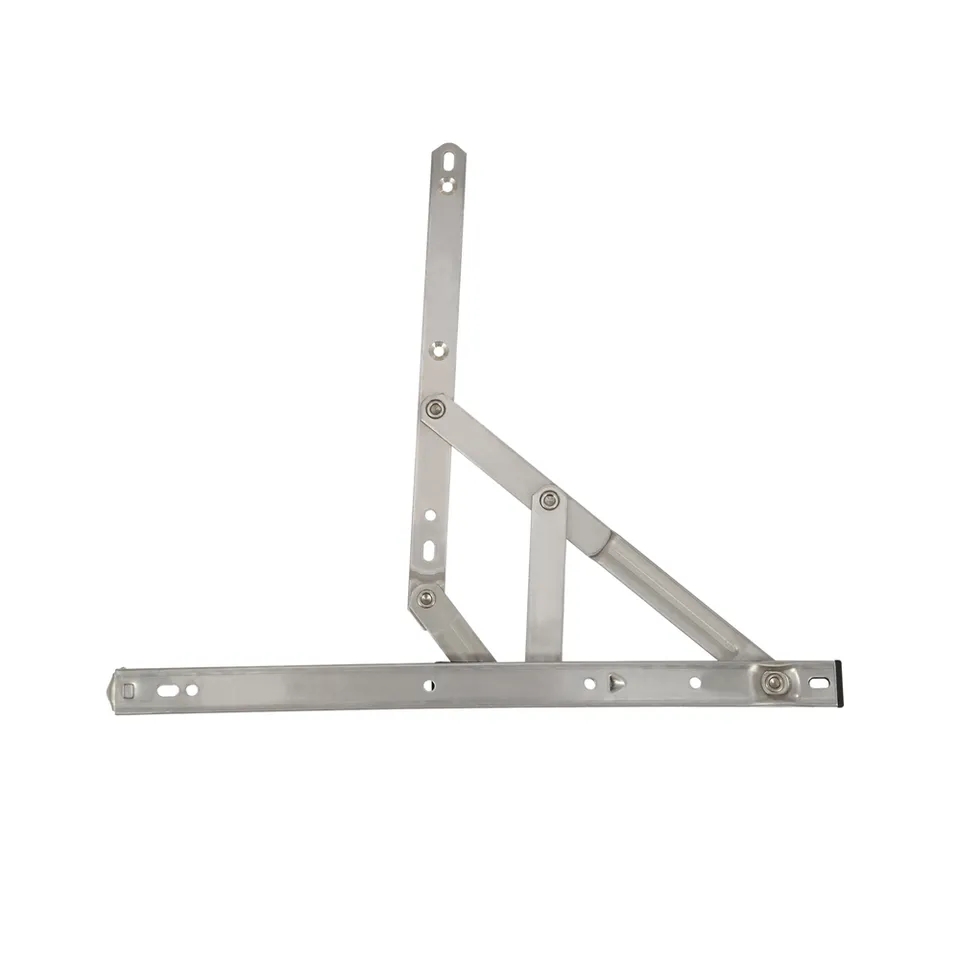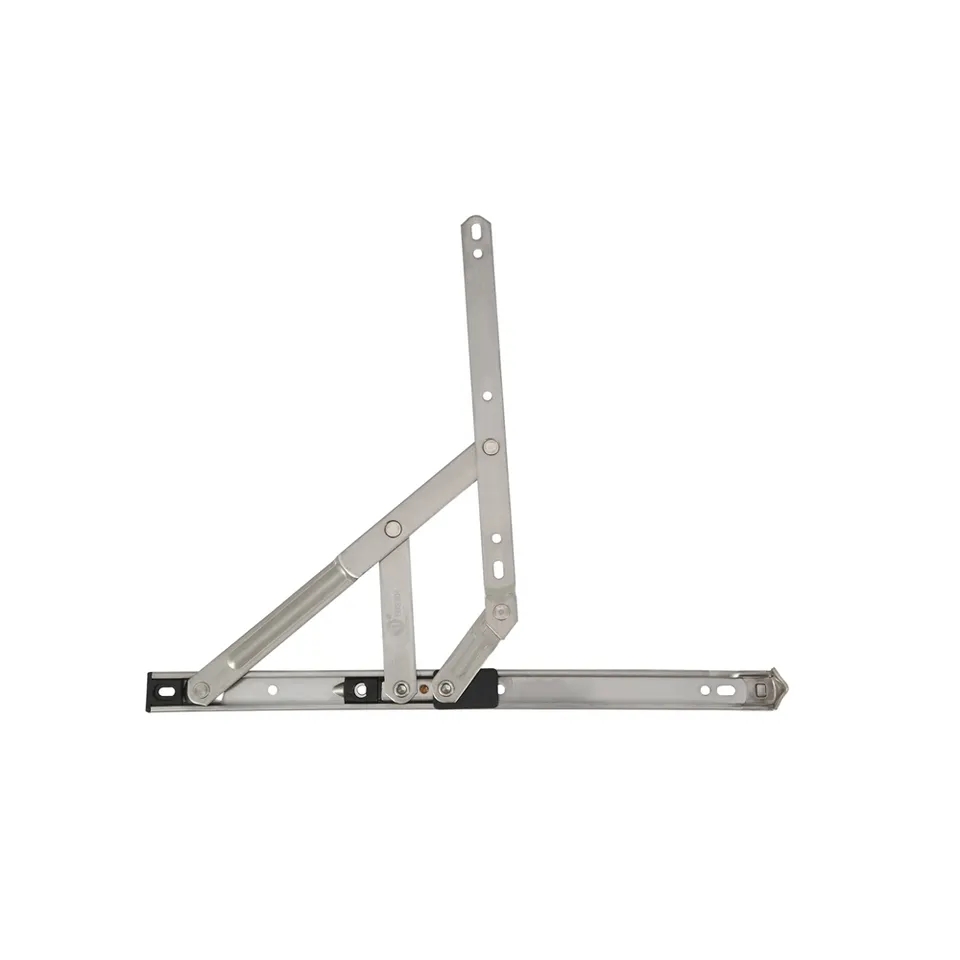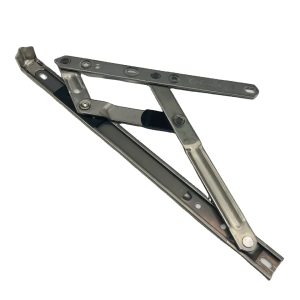Window Hinges: Balancing Utility and Aesthetics in Architectural Design
Introduction
Within the intricate tapestry of architectural design, every thread contributes to the final masterpiece. Among these essential threads are window hinges – unassuming yet indispensable elements that weave together utility and aesthetics. This article delves into the delicate art of balancing form and function through the lens of window hinges.
Functionality as the Foundation
Window hinges are the functional backbone of windows, enabling them to serve their primary purpose: facilitating ventilation, controlling natural light, and providing access to outdoor spaces. The hinge’s design directly influences how smoothly and effortlessly a window can be opened and closed, underscoring the importance of meticulous engineering.
Seamless Aesthetic Integration
While function remains paramount, contemporary architectural aesthetics demand a seamless integration of design elements. Window hinges step up to this challenge, offering a spectrum of options that range from minimalist and concealed to boldly decorative. Architects can choose hinges that harmonize with the overall design, ensuring a cohesive and visually pleasing outcome.
Architectural Statements
Window hinges possess the power to make architectural statements. Ornate and intricately detailed hinges, reminiscent of historical periods, add a touch of elegance and nostalgia to buildings. On the other hand, sleek and unobtrusive hinges enhance the modern, clean lines of contemporary structures. Hinges thus become visual anchors that communicate design intent.
Elevating Interior Experiences
Beyond their exterior impact, window hinges also enhance interior experiences. Well-designed hinges offer controlled opening angles that cater to varying ventilation needs, creating comfortable and inviting living spaces. They also enable easy maintenance, allowing occupants to engage with their environment effortlessly.
Security without Compromise
Security is an inherent concern in architectural design, and window hinges rise to this challenge as well. Modern hinges incorporate advanced security features, such as locking mechanisms and anti-tamper designs, providing peace of mind without sacrificing aesthetics. These security features are seamlessly integrated, ensuring a balanced and holistic approach.
Materials: Crafting Narratives
The choice of hinge material contributes to the architectural narrative. Materials such as aged bronze evoke a sense of timelessness and authenticity, while stainless steel exudes modernity and longevity. Architects can use materials strategically to communicate narratives that resonate with the building’s purpose and context.
Sustainability Through Thoughtful Design
As sustainability takes center stage, window hinges play a role in energy-efficient design. By enabling effective natural ventilation and daylighting strategies, they contribute to reducing energy consumption. Hinges can be designed to align with passive cooling principles, enhancing the building’s environmental performance.
Conclusion
Window hinges exemplify the art of striking a delicate balance between utility and aesthetics. They serve as a tangible testament to the harmonious integration of form and function within the architectural landscape. As architects continue to push boundaries and explore new horizons, window hinges will remain steadfast, embracing their role as the connective tissue that unites design aspirations with real-world practicality.
